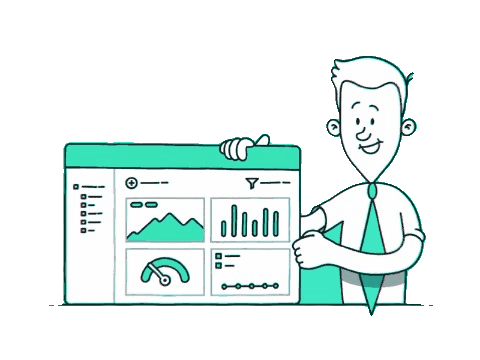SEO stands for search engine optimization. Let’s break that down in the context of your website.


Google sends out robots (also known as spiders or crawlers) to follow hyperlinks on the web to discover new content. The content can be webpages, PDFs, images, videos or anything that can be linked to.
If crawlers find unique content, they add it to the huge database of discovered URLs, also known as the ‘search index’.
Once the URLs are in the database, the ranking process begins. For each search query, Google has to try to organize the results from most relevant to least relevant.
Website server speed influences how fast pages are served and how many of them can be served at the same time. It’s one of the few conversion- and sales-related variables that can be easily controlled.
This is a demo store for testing purposes — no orders shall be fulfilled. Dismiss